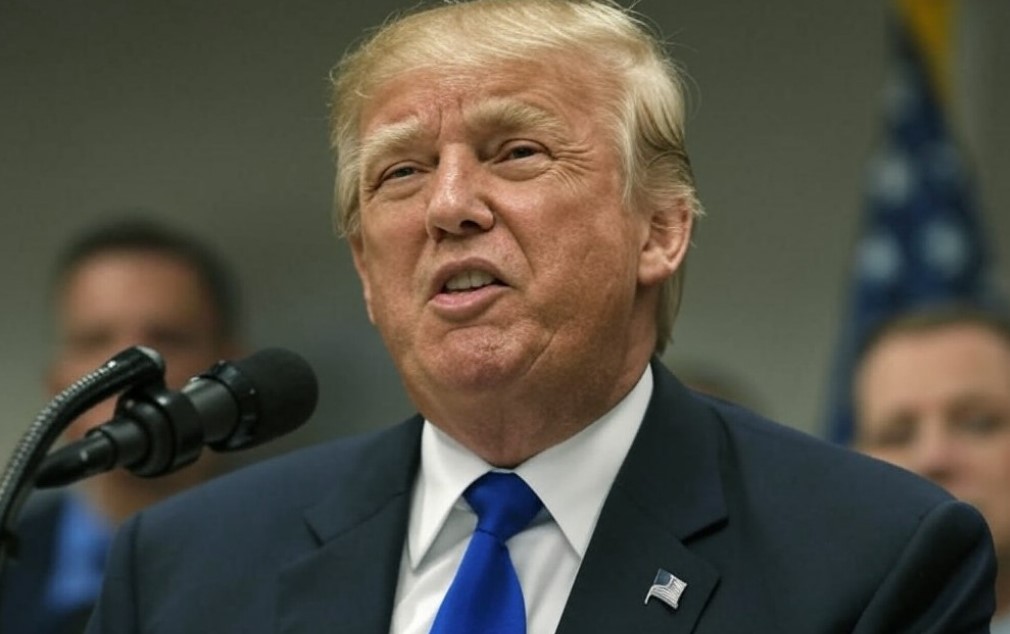Last week in the United States, President Donald Trump made history by signing the first executive order related to digital assets in that country, where he established the prohibition of digital currencies of Central Bank (CBDC).
As Cryptonotics reported, the 78 -year -old president expressed his rubric in the executive order “Strengthening of US leadership in digital financial technology,” on January 23.
This executive order covers different topics, such as the possible creation of a strategic reserve of digital assets. But timely, in its article 5, The order establishes the prohibition of CBDC.
The CBDC, or Digital Center for Central Bank, are digital versions of the trustee issued and backed by a central bank. This implies that the monetary policy of these assets is at the mercy of those entitiesbeing as prone to inflation and devaluation as its physical pair

Protect Americans
The main reason why Trump ordered his prohibition is The protection of Americans Given the risks presented by the CBDC. According to what the Trump administration thinks, these digital currencies threaten the stability of the financial system, individual privacy and sovereignty of the United States.
The regulations establish the prohibition of the establishment, the issuance, circulation and use of a CBDC within the jurisdiction of the United States.
The prohibition of CBDC by the Trump government adds the skepticism that the United States Federal Reserve (Fed) has had, an entity that has already expressed doubts about the benefits of the digital dollar, as reported by this means.
Moving away from the majority
With this prohibition, the possibility of the United States joins the important number of countries and regions that are already developing their own CBDC is discarded.
Among these are the European Union, with its digital euro, which was recently defended by several legislators. There are also China, with their Yuan Digital; Bahamas, with the Sand Dollar; Nigeria, with his e-naira and Sweden, with the digital crown. Globally, More than 120 countries are working on their own CBDCaccording to the Atlantic Council organization, which shows how these projects They have proliferated gradually.
CBDC have risks to financial freedom and privacy. Being under the direct control of central banks, they allow a level of surveillance and control over individual transactions that did not exist with cash. This entails the possibility that the authorities can monitor, limit or even block transactions of any individual, under certain circumstances.

There are studies that certify these risks. For example, a report prepared by developer Pedro Magalhães, of the Iora Labs company in Brazil, determined that, with the CBDC, in this case that of the Brazilian real, now called Drex, the Central Bank will be able to activate and deactivate the purses Digital of the platform users, as cryptootics reported. This reflects a control capacity that many consider invasive for privacy and financial autonomy.
And, in general, CBDC are Bitcoin’s antithesis and cryptocurrencies, that offer financial freedom and privacy.
The prohibition of CBDC in the United States will bring a series of implications, such as the fact that the capacity of government agencies will now be limited to manage digital monetary policies associated with the dollar. This is a scenario that would exalt the importance of stablecoins based on US dollars, such as USDT, from Tether; or USDC, from Circle.
Trump’s decision to prohibit CBDC reflects a clear position in favor of the protection of privacy and financial sovereignty of US citizens, although it also raises challenges and opportunities for the future of the digital financial ecosystem in the country.
In addition, the executive order not only marks a milestone in the policy of regulating digital assets in the United States, but also positions the country In a different path than many other nations are taking in the development of their digital monetary systems.






Leave a Reply